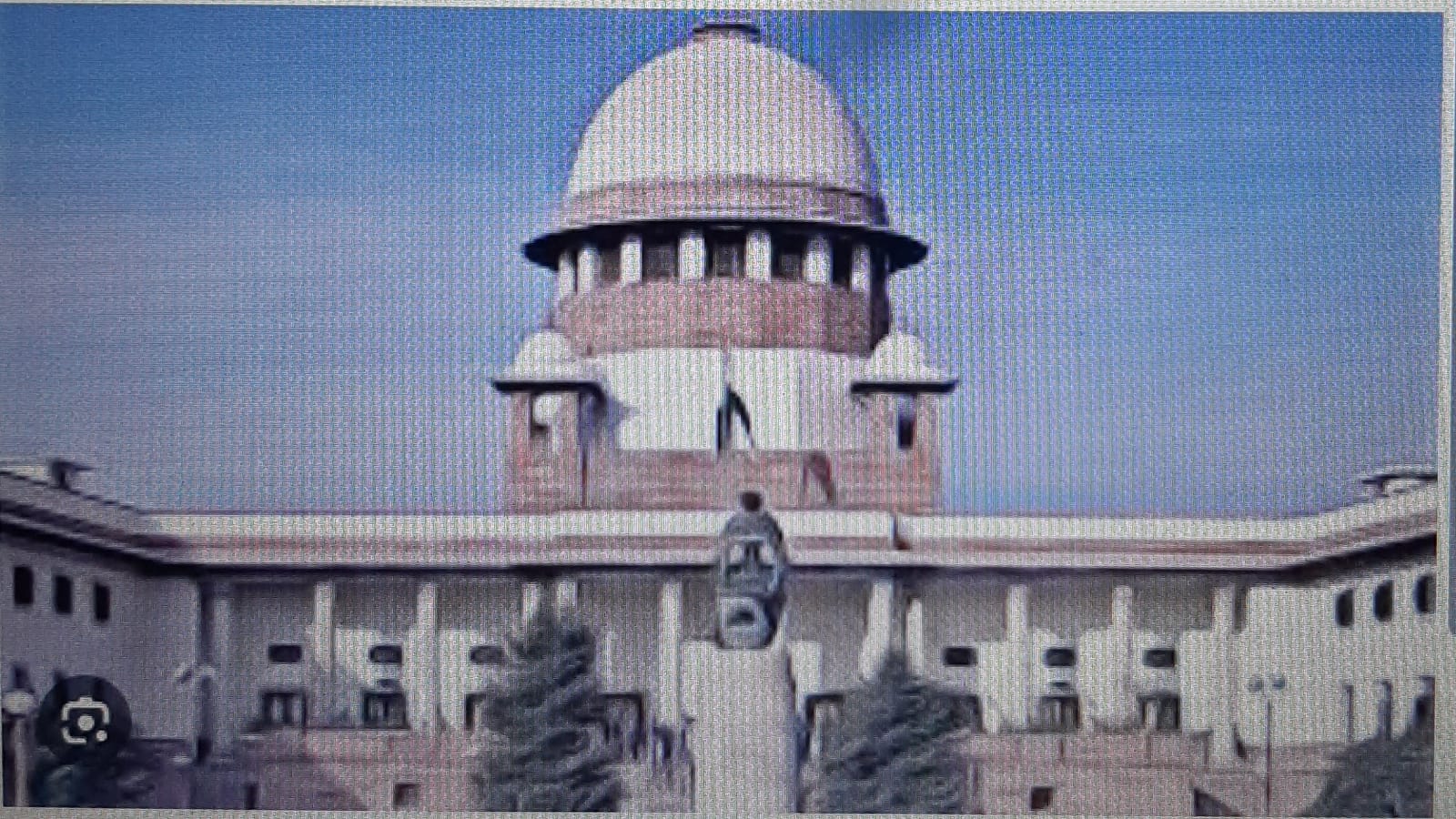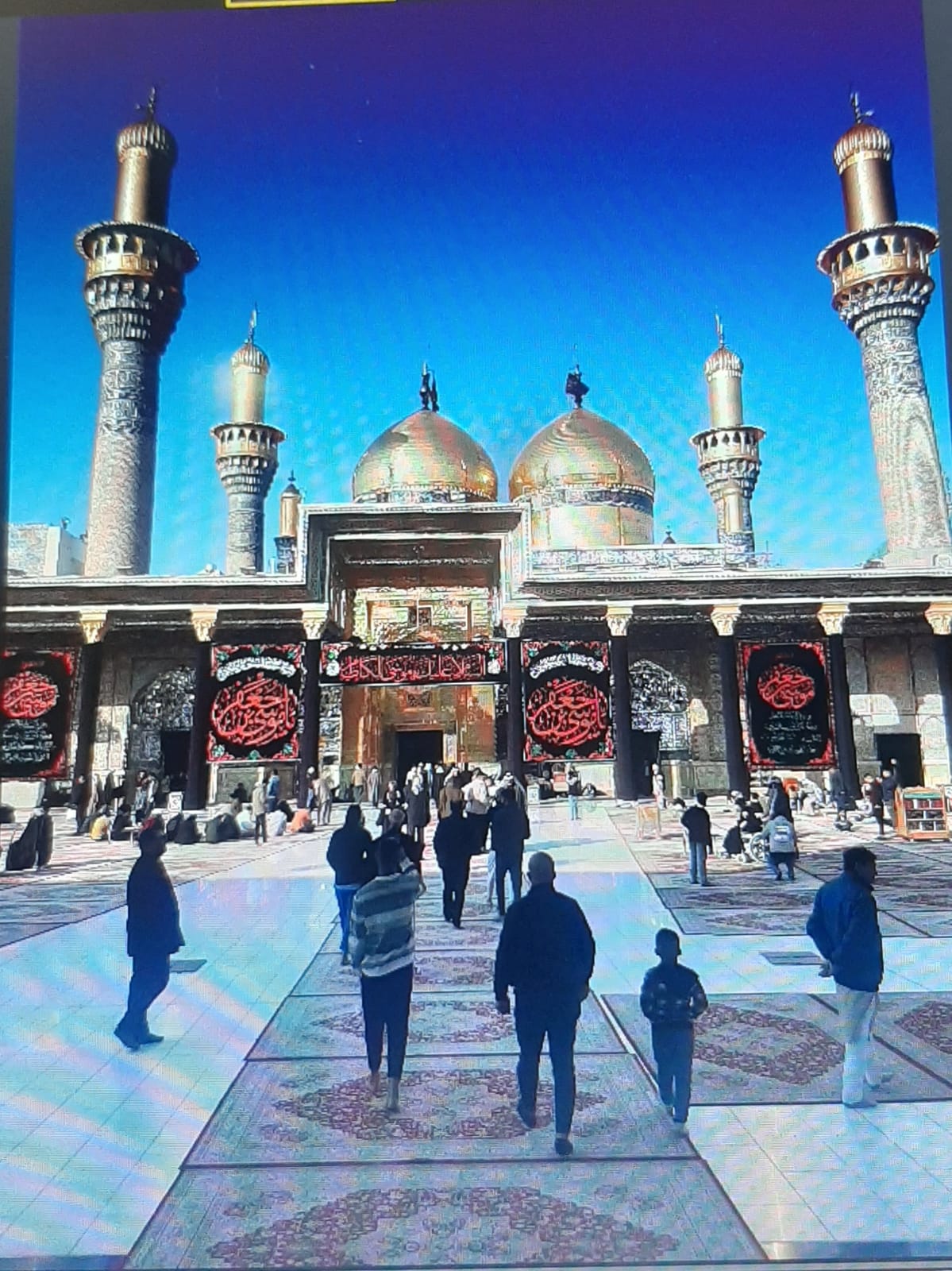
If local government is to emerge as the ‘nursery of democracy’ where leaders hone their skills and are prepared for assuming larger leadership roles in State and National politics, then they must be accorded due respect. Their time and effort would need to be valued. A beginning needs to be made with State Governments taking a hard look at what these elected representatives receive for their efforts, writes former IAS officer Sunil Kumar
The remuneration of elected representatives received fair deal of media attention in the last fortnight when the notification to raise the salary and pension of MPs by 24 percent based on the 2018 amendment to the Salary, Allowances and Pension of Members of Parliament Act, 1954 was issued by Government of India. As usual, newspaper reports focused on the remuneration of MPs and MLAs and totally ignored the elected representatives of local governments. In this paper my focus would be on the issue of remuneration of elected representatives of local governments.
A report published in The Indian Express revealed that between 1954 to 2025, the salary of MPs has risen by more than 400 times while per capita monthly income (at constant 2011-12 prices) has risen by eight times, from Rs.1,131 in 1953-54 to Rs.9,363 in 2024-25 as per the 2024-25 Economic Survey.[i] Further, the same report pointed out that the average assets owned by a MP is now Rs.40.34 crore and outpaces the growth rate of Indian economy by a mile.
The breakdown of a MP’s monthly salary is now as under: Basic salary – Rs.1,24,000; constituency allowance – Rs.70,000; office allowance – Rs.60,000; Daily allowance – Rs.2000 during Parliamentary sessions. In addition to this, MPs also get an allowance of Rs 1.5 lakh annually for phone and internet usage. They enjoy 34 free domestic flights per year for themselves and their families, and first class train travel at any time for professional and personal use. They can also claim mileage allowance when they use roads. MPs also enjoy the benefits of 50,000 free units of electricity and 4,000 kilolitres of water annually. During their five-year term, MPs are provided with rent-free housing. Individuals who opt not to utilise the official accommodations are eligible to receive a monthly housing allowance of Rs 2,00,000. Free medical care is available to MPs.
It may be noted that until February 2018, Parliament had the power to pass laws to revise the salaries of MPs. Then, through the Finance Act, 2018, Parliament amended the Salary, Allowances and Pension of Members of Parliament Act, 1954 to increase the salary, daily allowance, and pension of MPs every five years on the basis of the Cost Inflation Index published under the Income Tax Act, 1961. It may be of interest to note that in UK, in the aftermath of the expenses scandal in 2009, the Independent Parliamentary Standards Authority (IPSA) was established by the Parliamentary Standards Act 2009. IPSA is required to review the existing determination on Members’ salaries in the first year of each Parliament and at any other time it considers appropriate. Salary of MPs in UK is linked to rise in public sector pay.[ii]
A study by ADR published in December 2023[iii] revealed that the average assets per MP for 385 BJP MPs was Rs 18.31 crore while 81 Congress MPs had average assets of Rs 39.12 crore. The corresponding figures of MPs belonging to some major regional parties like AITC was Rs. 8.72 crore, YSRCP Rs. 153.76 crore and TRS was Rs. 383.51 crore. Eight NCP MPs had average assets worth Rs 30.11 crore while 11 AAP MPs had average assets of Rs 119.84 crore.
The situation is no different when we analyse the salary and perks of MLAs. In eighteen States, the average monthly salary of MLAs exceeds that of MPs[iv]. A poor State like Jharkhand gives the highest salary to it’s MLAs at Rs 2.88 lakh a month. It is followed by Maharashtra at Rs 2.61 lakh, Manipur and Telangana at Rs 2.5 lakh each, Himachal Pradesh at Rs 2.1 lakh, and Karnataka at Rs 2.05 lakh. The lowest earning MLAs are in Kerala (Rs 70,000 per month), Assam (Rs 80,000), Tripura (Rs 84,000), Delhi (Rs 90,000), and Punjab (Rs 94,000).
Unlike Government of India which has delinked hike in salary of MPs from public scrutiny as getting the Parliament to pass a new Act every time was ‘bad optics’, to say the least, State Assemblies still need to approve any increase in salary and allowances of MLAs.
In fact, politics seems to have been virtually taken over by the rich. Almost 93 percent of MPs of 17th Lok Sabha are crorepatis.[v] Even the number of crorepati candidates is growing with each general election. An analysis of types of luxury cars owned by MPs and MLAs would perfectly reveal the changing profile of our elected representatives. Thus, we can safely conclude that we have very rich elected representatives representing poor people if we look at the salary, allowances and assets of MPs and MLAs.
However, if we compare the remuneration of Indian MPs with those of their counterparts in USA, UK, Germany, France, Australia, Italy or Japan, then we notice that their remuneration ranges between Rs.70 lakh to Rs.1.5 crore per annum while those of Indian MPs would come to about Rs.60 to 70 lakh per annum (inclusive of all perks). In most countries they are not entitled to free accommodation. Given that the per capita income of the aforementioned democracies is much higher than India, the remuneration received by Indian MPs compares very favourably.
But the situation changes when we examine the remuneration paid to elected representatives of local governments: the third tier of government. This is the tier closest to the people and has the largest number of elected representatives. Consider the ratio vis a vis MPs and MLAs – almost 33 lakh elected representatives to five thousand odd MPs and MLAs.







